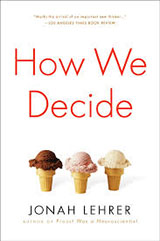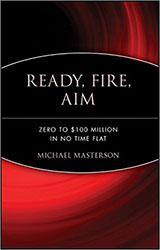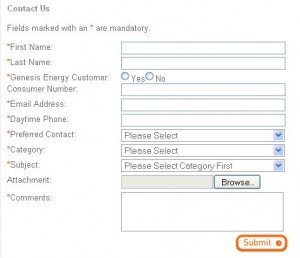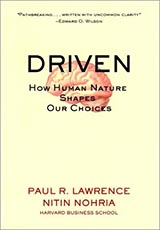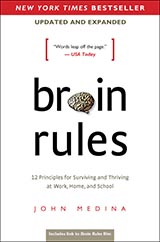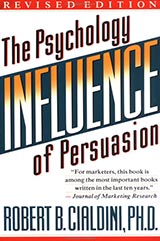I get very nervous when I go to the movie theatre.
Not about the chance of soiling my pants with explosive diarrhea after eating too much from the all-you-can-eat Chinese smorgasbord from next door.
Not about the possibility of dropping my frozen coke onto my lap and leaving the theatre looking like I pissed my pants.
I’m nervous that the movie will be crap.
If so, I’ve wasted 2.5 hours of my life (including travel time), and more importantly, $24 hard earned dollars (2 tickets).
I did ask for a refund once (and I’ve been too scared to try again). It was for Sudden Death (1995) starring Jean-Claude Van Damme.
Right in the middle of the climax when the helicopter is falling in slow motion onto the ice hockey rink (sounds exciting? well, it wasn’t!), I got up, stormed back to the ticket window and demanded a refund.
“Sorry, we don’t give out refunds” she replied.
“I’m serious, the movie is crap-tacular, I just walked out during the climax, it really is terrible, I think I should get a refund!”
“Sorry, I can’t help you” she replied.
I stormed back to my seat in the cinema and very grumpily watched the epilogue.
The Movie Theater Business Is Dying, Maybe This Idea Could Save It?
We often hear about how movie piracy and illegal downloading is killing the profitability of the movie industry. And certainly the ticket price is high (and bigger TV’s are more affordable and convenient), but maybe the movie theatres could change all that by offering a Money Back Guarantee?
Would you go to the movies more often? I would.
Would you get a refund sometimes? Sure.
But if they are getting your butt into the movie theater seats an extra 10 times a year, isn’t it a good investment?
Can you think of one other product or service that doesn’t offer a Money Back Guarantee?
I can’t.
How come we have let the movie theatres get away with it for so long?
If you have an awful restaurant meal do you have to pay? No.
If your plumber screws up your new toilet installation do you have to pay? No.
If your dentist gives you buck-teeth do you have to pay? No.
Sure, give them a chance to put things right before you take it to this extreme. Same for the movies then. Give me a voucher so I can come and see another movie.
Your Challenge, and Your Marketing Lesson
First, your challenge: I challenge you, the next time you fork out $25 of more for a crap movie theater experience, demand a refund.
It shouldn’t make any difference whether it is in the middle of the movie, or you waited until the closing credits to see if it would turn around in the closing minutes. You probably won’t get it, but it’s your right to ask for it!
Second, your lesson: Offering a money-back guarantee is one of the oldest tricks in the book, but it works. So do you offer one? Do you make a big deal about it? Perhaps you should.
2 reasons a Money Back Guarantee works:
- It reduces risk for the buyer
- Most people are too lazy to ask for it
Good article for more info about Money Back Guarantees
(One more thing: Why is the word guarantee so bloody hard to spell?)
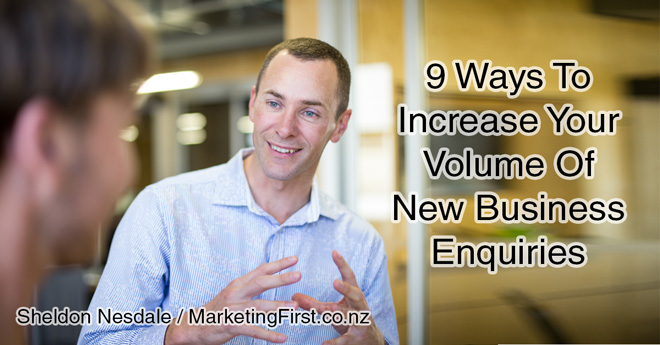



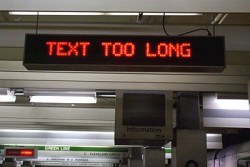

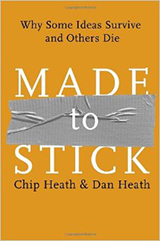
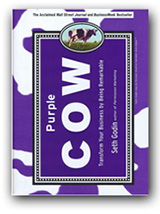
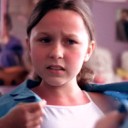 There’s an ad playing on the radio at the moment about a local skin cancer specialist.
There’s an ad playing on the radio at the moment about a local skin cancer specialist.

